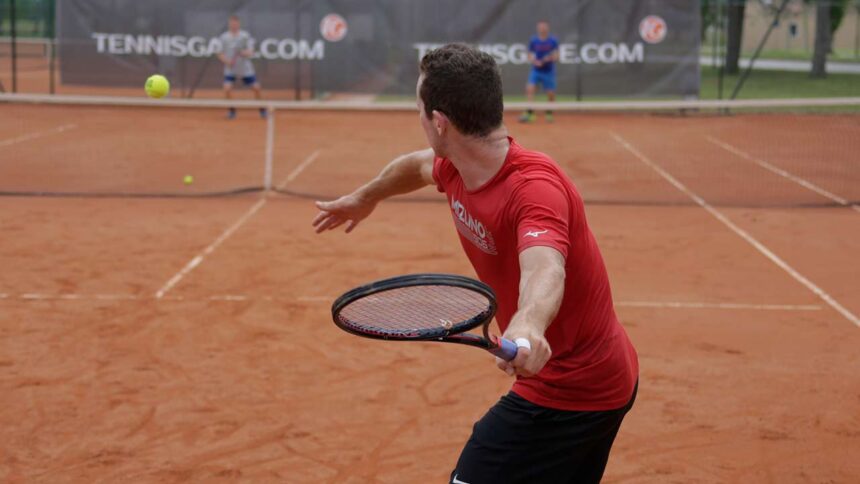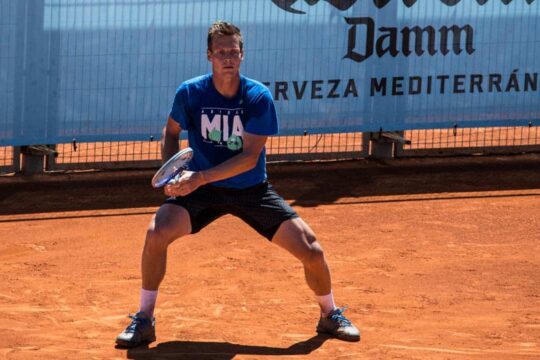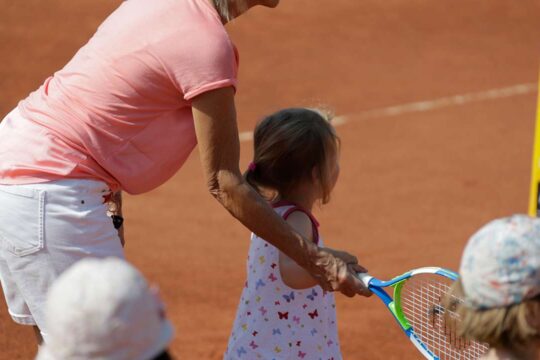Is the Professionalization of Player Development Getting in the Way of …Development?

The player development process has changed dramatically over the years. A few decades ago, competitive players learned to play mainly by joining the junior programs at their clubs. These programs offered group or individual instruction a few hours a week, and players had to search for additional practice possibilities on their own, which mainly meant finding opponents to play sets or matches.
As prize money increased and top players were elevated to superstars, the demand for more intense and specialized programs increased, giving rise to a great number of academies and dedicated tennis programs catering to competitive players. These programs compete for players by offering more hours of instruction and more individualized coaching and are nowadays the programs of choice for serious tournament players.
This evolution has certainly raised the level of play but increases in performance are definitely not proportional to the additional hours spent on court and certainly not proportional to its exorbitant cost, when compared with player development a few decades back.
Although we take many of characteristics of the modern competitive program for granted, it is important to remember that many aspects of its current structure developed as a result of business decisions – decisions that from a pure player development perspective may or may not make sense.
Therefore, I think it is important to question from time to time all the elements that we may take for granted and make sure that we are constantly improving the player development process. Here are some things worth pondering:
Does anyone really need 25 hours of supervised training?
Most competitive programs offer between 15 and 25 hours of coaching a week with players between 10 and 18 years of age. Do players under 14 really need to train 20 hours a week? The surge in young injured players seems to argue against it. If professional players train 20 to 25 hours, it is only logical that young players slowly work up to that load and not start there.
It seems to me the system is the perfect example of the law of diminishing returns. The first few hours of instruction have the greatest value but each additional hour yields less and less in terms of actual impact on the player. 8 to 10 hours seems plenty to me. How many times can you repeat the same thing without the player blocking you out?
The rest of the times players could work on their games on their own, experimenting, competing and learning to solve problems. The time could be structured for them but with limited coaching. It would certainly reduce costs without hindering development. More importantly it would take care of the tremendous bias in the industry towards technical work. When you sell 20 hours of supervised coaching with at least 4 players on court, it is very hard to offer enough set and match play, resulting in most programs favoring technical work. Most young players have great strokes, but lack the ability to build points – a stark contrast to players who learned by playing. Back when players developed in clubs you did not see as many players with the sophisticated technique you find today, but players where much more tactically and competitively adept. This hybrid approach may strike the right balance.
Do you really need a ratio of four players per coach?
Is that really ideal or just another marketing element that became the industry standard. In most sports that would be unheard of. I am confident that with a little organization we could provide the same results with a larger player to coach ration and help make the game more affordable. This may actually be good for business as well.
What about private lessons?
Finally, many programs encourage private lessons besides the 15 to 25 hours of supervised play. I do think it is important to work privately with players once in a while, but really, are we not able to teach what the player needs in 20 hours of coaching? That seems overkill to me!
Do not take me wrong. I am well aware of how complicated it is to balance all the elements involved in a successful player development program. The process is full of hard choices but we need to keep questioning the model and tweaking the variables. I am confident we can come up with a more efficient system to produce healthier and better players at lower costs without sacrificing the business model.




